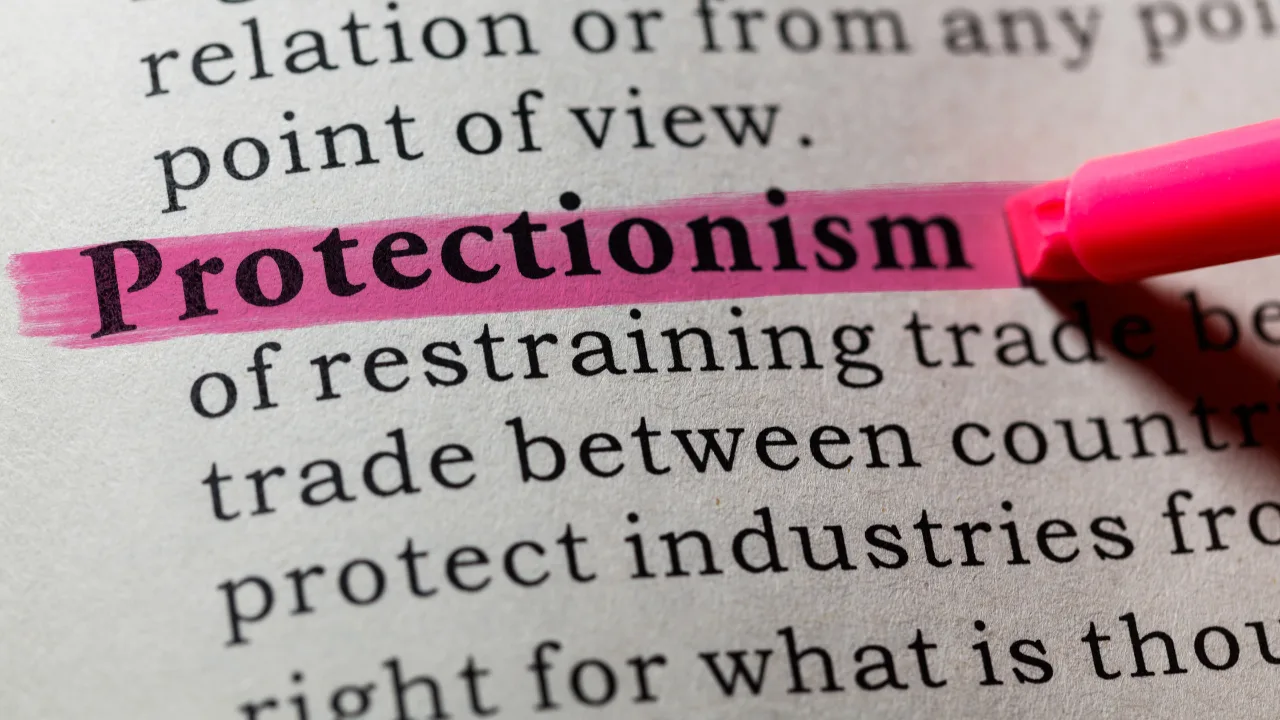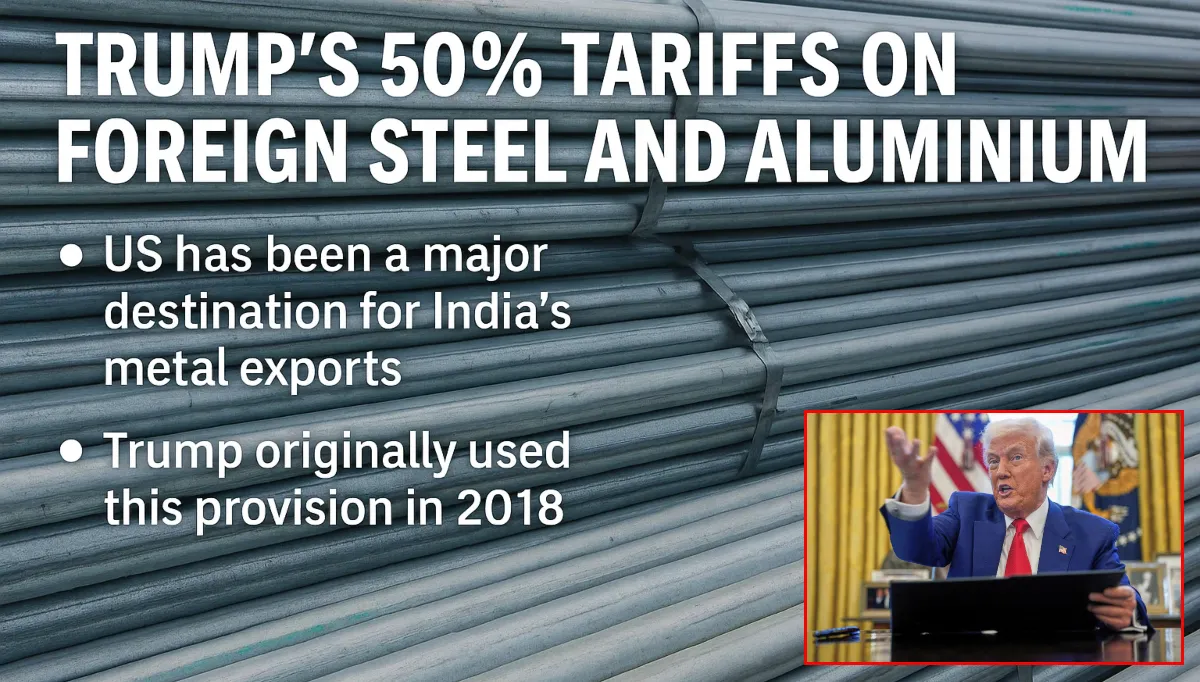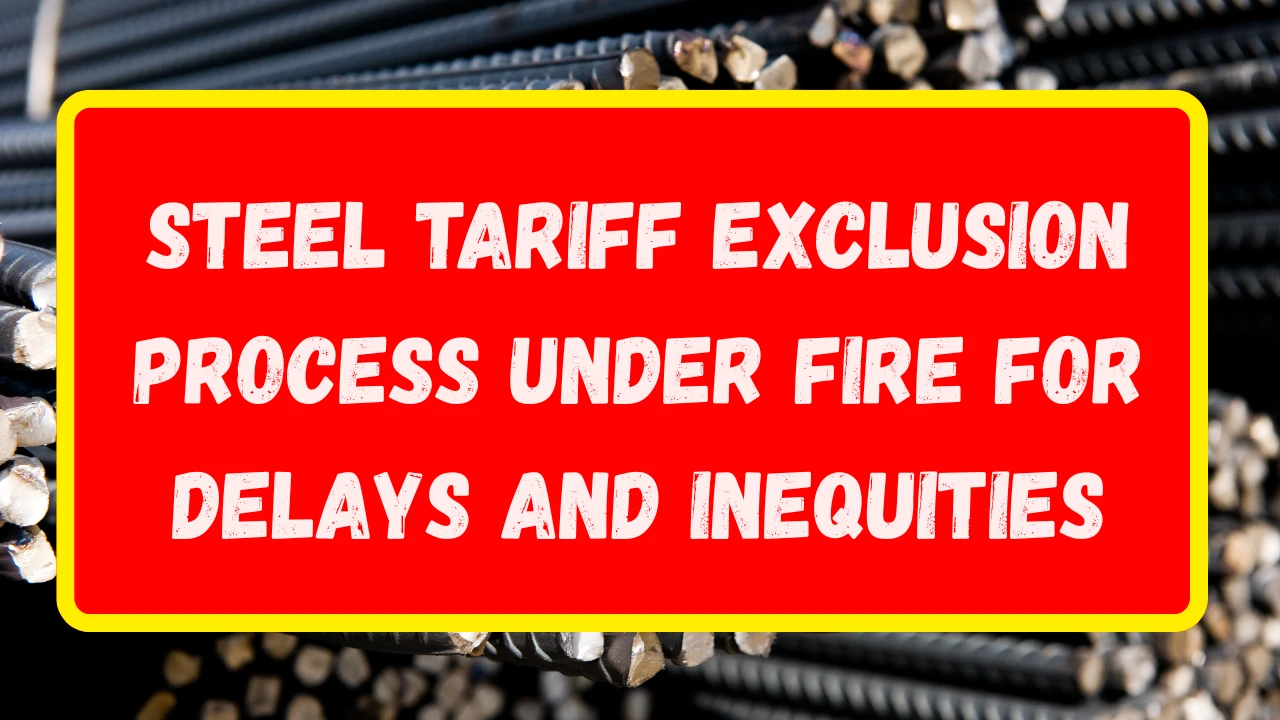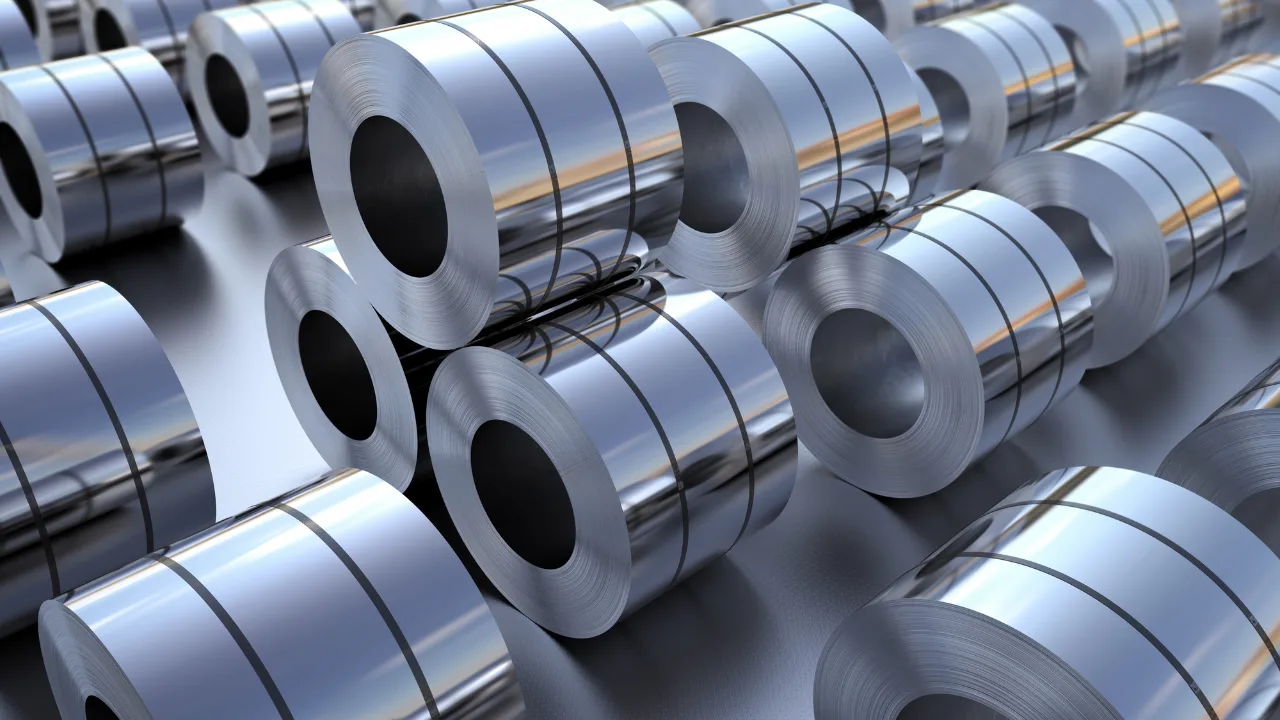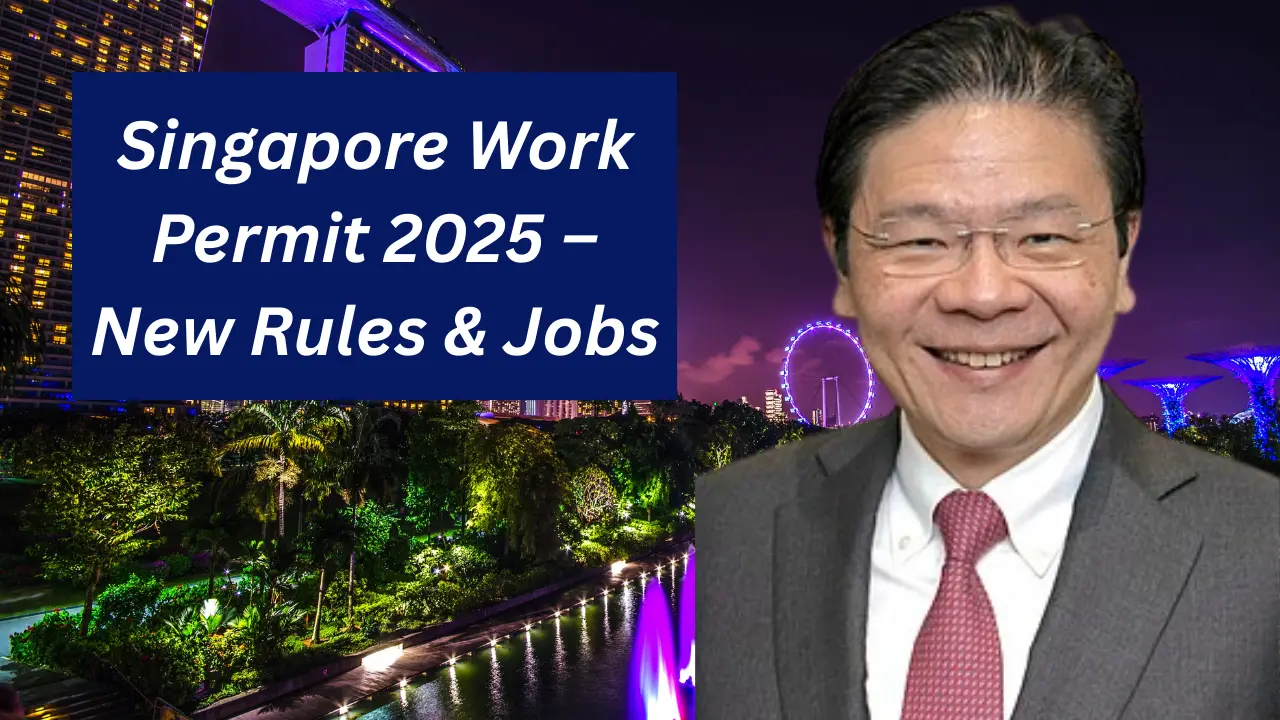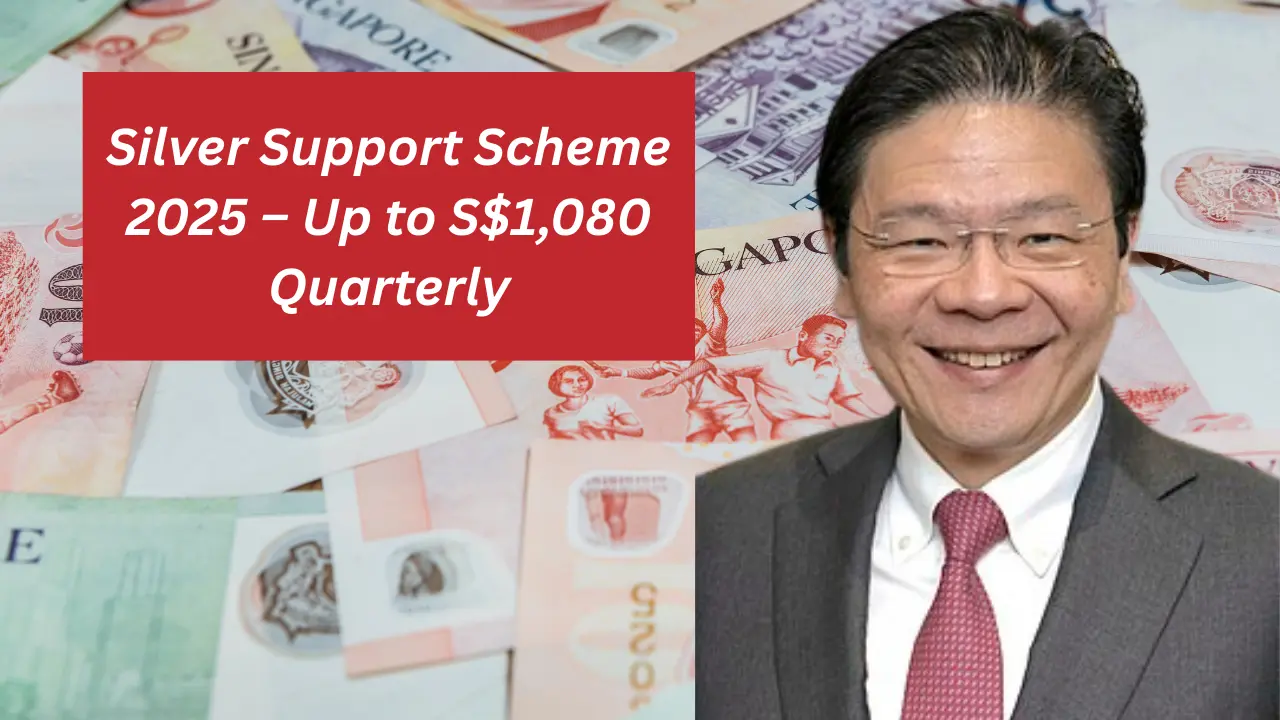Tariffs on imported steel are among the most debated trade policies in the United States. While designed to protect domestic industries, these tariffs have far-reaching consequences. As policymakers weigh the benefits of shielding local producers, they must also grapple with rising prices, economic inefficiencies, and unintended damage to other parts of the economy.
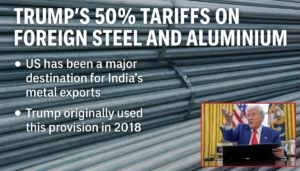
What Are Steel Tariffs and Why Are They Used?
Steel tariffs are taxes placed on imported steel to make it more expensive compared to domestic steel.
Governments often use tariffs to:
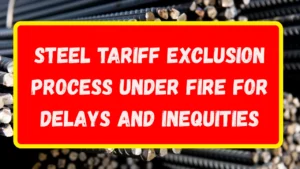
- Protect national security by ensuring domestic production capacity.
- Support local jobs and industries threatened by cheaper foreign imports.
- Counter what they see as unfair trade practices or dumping by other countries.
In the United States, significant steel tariffs were introduced in 2018, with further increases and new measures in 2025.
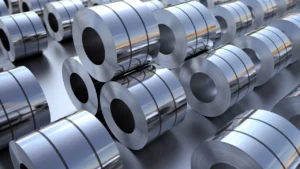
Direct Impact on Steel Prices
Tariffs immediately increase the cost of imported steel. For industries that rely on steel—like construction, automotive, machinery, and energy—this means higher input costs.
These industries typically have two choices:
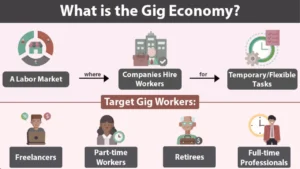
- Absorb the extra costs, reducing their profit margins.
- Pass costs onto customers through higher prices.
Either way, tariffs ripple through the economy, raising the cost of many finished goods.

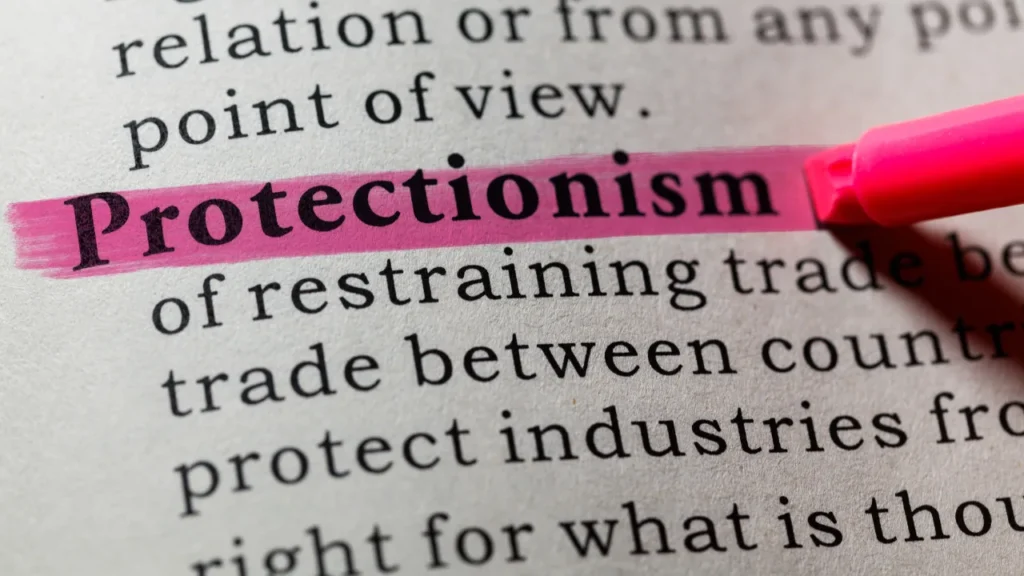
The Burden on Downstream Industries
Steel-using industries are massive employers. In the U.S., workers in sectors like transportation equipment, fabricated metal products, and construction outnumber steelworkers by a large margin.
While tariffs can help preserve jobs in steel production, they often risk:
- Reducing competitiveness for steel-consuming manufacturers.
- Threatening jobs in industries that depend on affordable steel.
- Shifting production to countries with cheaper inputs.
For example, automakers buying millions of tons of steel face higher costs that can weaken their ability to compete in global markets.
Inflationary Pressures
Tariffs contribute to overall inflation by raising the price of goods that depend on steel.
- Home appliances, cars, machinery, and construction projects all see cost increases.
- Consumers ultimately pay more, eroding purchasing power.
- In sectors with limited domestic alternatives, these price increases can be especially sharp.
Inflation also complicates broader economic policy, making it harder for central banks to manage interest rates and growth.
Economic Inefficiencies
Protectionism can shield domestic industries from competition—but at a price.
By reducing foreign competition, tariffs can:
- Allow less efficient producers to survive without innovating.
- Raise production costs across the economy.
- Misallocate resources away from more productive uses.
Economists often warn that while tariffs can deliver short-term benefits for targeted industries, they hurt overall economic efficiency and long-term growth.
Trade Retaliation and Global Tensions
When one country imposes tariffs, others often respond in kind.
- Retaliatory tariffs can target other sectors of the economy.
- Trade disputes risk reducing exports and harming unrelated industries.
- Global supply chains become more uncertain, discouraging investment.
For example, when the U.S. has imposed steel tariffs, trade partners have targeted American products ranging from agricultural goods to motorcycles, spreading the economic pain.
Job Losses in Other Sectors
Ironically, while steel tariffs aim to protect jobs in one industry, they can destroy jobs elsewhere.
- Higher input costs reduce demand for steel-heavy products.
- Companies may move production overseas to avoid tariffs.
- Small and medium manufacturers are especially vulnerable, as they often can’t absorb higher costs or negotiate better terms.
The result is a net loss of jobs in the broader economy—even if some jobs are protected in steel production.
Impact on Innovation and Growth
Tariffs can also stifle innovation:
- By insulating domestic producers from competition, there is less incentive to modernize.
- Higher costs discourage investment in new projects and technologies.
- Complex supply chains may be forced to adjust in costly and inefficient ways.
Over time, this slows productivity growth, reducing the country’s economic dynamism and competitiveness.
The Global View
Protectionist policies don’t happen in a vacuum. As countries impose barriers, global trade flows shift.
- Producers may reroute exports through countries with lower tariffs.
- Supply chains adapt, often at higher cost and complexity.
- Developing countries depending on export markets may suffer, worsening global inequality.
Trade tensions can spiral, threatening the stability of the international trading system that has supported decades of economic growth.
The Bottom Line
Steel tariffs highlight the tough choices in trade policy.
- They can protect a critical industry and national security in the short term.
- But they impose hidden costs across the broader economy.
- Consumers pay more, industries face higher input costs, and jobs are lost in other sectors.
- Innovation slows and global tensions rise.
Policymakers must weigh these trade-offs carefully. While protecting local industries may feel politically attractive, the economic fallout of tariffs is real, widespread, and often lasts much longer than the protections they provide.
The debate over steel tariffs is not just about saving an industry—it’s about deciding what kind of economy and trade system we want for the future.
